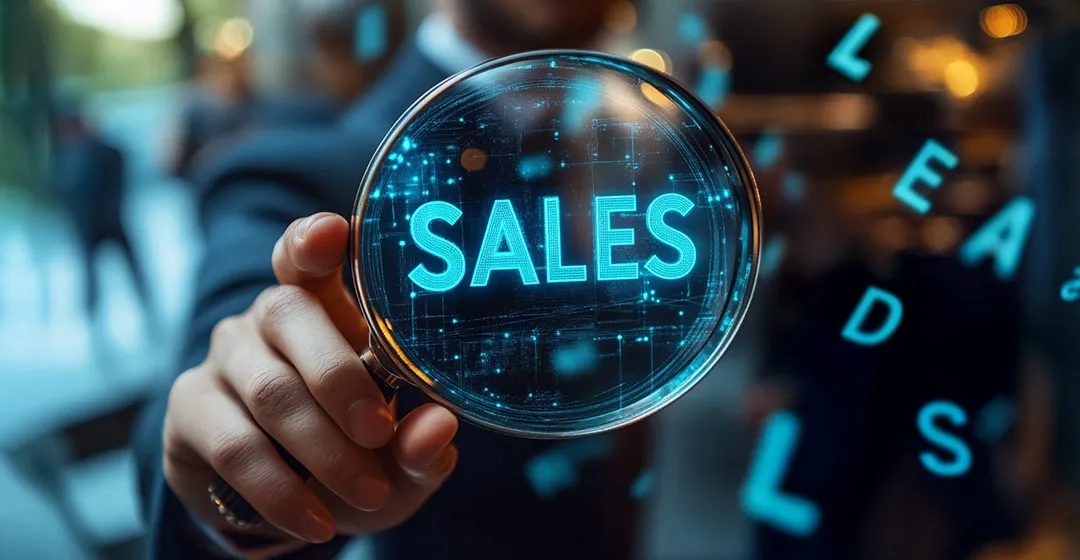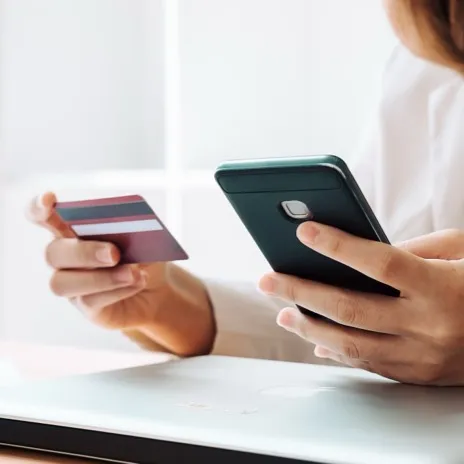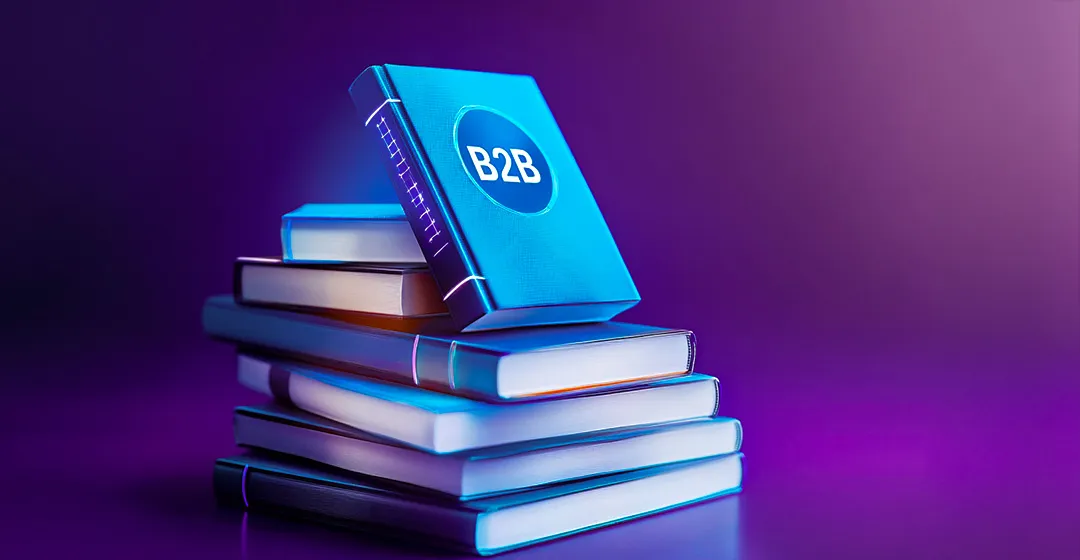Glossary of Business Terms

SALES
Lead
A term for a potential customer who has shown interest in a company’s product or service. This interest may be expressed, for example, by filling out a contact form on the website, downloading a whitepaper, or participating in a web conference. A lead can then be contacted with the goal of converting them into a customer.
- MQL – A Marketing Qualified Lead is a potential customer who may be interested in your products or solutions but is not yet ready to be handed over to the sales team. Marketing works with these leads until they are prepared to make a purchase.
- SQL – A Sales Qualified Lead is a potential customer who has gone through the sales process—from a Marketing Qualified Lead to a Sales Accepted Lead—until they reach a stage where the sales team can work on converting them into an active customer.
Leadgen / Lead generation
The process of acquiring contact information of potential customers through marketing and sales communication. This can include email campaigns, social media, SEO/SEM, events, etc. The goal is to identify interested prospects and convert them into customers through appropriate marketing and sales activities. There are also lead generation tools that help acquire customers quickly and efficiently, such as Leady.
Cold call / Cold calling
A proactive sales method for acquiring new customers. The salesperson attempts to reach out and engage a potential client who has not yet expressed interest in a product or service. This outreach can take the form of phone calls, emails, or in-person interactions.
CTA (Call to Action)
A marketing term referring to elements or text designed to prompt the viewer, reader, or website visitor to take a specific action. CTAs can take various forms, such as buttons, links, forms, or plain text.
Lookalike
A marketing strategy that creates a new target audience of customers who share similar characteristics with existing customers. It works based on data analysis. This newly identified audience can then be targeted through various marketing strategies.
Prospect
Any individual or company that has shown interest in a product or service based on a marketing campaign and has been requalified through communication and sales techniques as a potential customer who is seriously considering a business relationship or purchase.
ABC: Always Be Closing
A sales strategy where everything a salesperson does throughout the sales process is aimed at achieving one goal – closing the deal. Its downside is that it may oversimplify situations by judging any non-closed deal as a failure. In inbound methodology, the preferred approach is: "Always seek to connect." Even better: "Always be helping."
AIDA: Attention, Interest, Desire, Action
An acronym used in sales representing the four stages of the purchase funnel, guiding customers from brand or product awareness to making a purchase.
Bottom of the Funnel (BOFU)
The final stage of the customer buying process, where they are ready to make a purchase. BOFU focuses on converting customers who have already shown interest in a product or service by providing relevant information to help them make an informed decision. This stage is crucial for increasing conversion rates and company revenue.
Middle of the Funnel (MOFU)
The second stage of the marketing funnel, where the customer is midway between initial interest and a purchase decision. MOFU focuses on strengthening the relationship with the customer by offering valuable information and tailored solutions to their needs. The goal is to build trust and a connection between the customer and the brand, increasing the chances of future conversion. MOFU plays a vital role in brand awareness and customer loyalty.
Top of the Funnel (TOFU)
The first stage of the marketing funnel, where a customer encounters a product or service for the first time. TOFU aims to increase brand awareness and generate interest among potential customers. The goal is to reach the widest possible audience with engaging and relevant content that captures attention and encourages further interaction. This phase is essential for acquiring new customers and expanding brand presence in the market.
Pipeline
The step-by-step process that sales representatives follow to convert a prospect into a customer. It consists of multiple stages, each representing a different level of interest and readiness to purchase. The goal is to maximize the likelihood of closing deals and minimize losses. A well-structured pipeline is essential for business growth.
Customer Acquisition Cost (CAC)
The cost a company incurs to acquire a new customer. CAC includes all marketing and sales expenses related to attracting and converting potential customers. It is calculated by dividing the total acquisition costs by the number of new customers within a specific period. CAC is a key metric for planning marketing activities and assessing business profitability.
Churn Rate
A metric that reflects how many customers a company loses and how this loss impacts the overall customer base. It is calculated as the percentage of customers who stopped using a company’s services compared to the total number of customers in a given period. Churn rate is particularly important for subscription-based businesses. A high churn rate indicates customer retention issues and potential revenue loss, which can affect profitability and long-term growth.
USP (Unique Selling Proposition)
The key advantage that differentiates a product or service from competitors. A strong USP effectively communicates the unique value a product or service offers, persuading customers to choose it over alternatives. For a USP to be successful, it must be presented in a way that resonates with the target audience and clearly demonstrates how it meets their needs.
Follow-up
The process of re-engaging with customers or potential customers after a previous interaction. The goal is to maintain their interest and increase the likelihood of closing a deal. Follow-ups can be conducted through calls, emails, or personal meetings. An effective follow-up should be timely, personalized, and tailored to the specific needs and interests of the customer.
Deal
A successfully closed business transaction (also known as "Deal Closed"). This term is commonly used in the business world to describe a situation where a customer is satisfied with the offered product or service and agrees to make a purchase. Closing a deal is the result of a successful sales process that includes identifying customer needs, presenting the product or service, and negotiating purchase terms.
Up-selling
A sales technique that involves offering a customer a higher-end version of a product or service than they originally intended to purchase. The goal of up-selling is to increase the total value of the customer’s purchase and maximize profit for the company. Up-selling can be done through various methods, such as recommending premium products, offering discounts on higher-tier versions, or adding extra features to the base product. Up-selling is successful when the customer perceives added value in the suggested product or service and agrees to upgrade.
Cross-selling
A sales technique that involves offering additional products or services that complement or are related to the customer’s original purchase. The goal of cross-selling is to increase the overall purchase value and maximize company profit. Cross-selling can be implemented through strategies such as offering accessories for a product, expanding related services, or recommending products based on the customer’s past purchases. It is successful when the customer recognizes the value of the suggested items and agrees to buy them.
B2B (Business-to-Business)
A business model in which companies sell products or services to other businesses. B2B differs from B2C (Business-to-Consumer), where companies sell directly to individual consumers. B2B transactions typically involve business partners such as distributors, suppliers, and manufacturers. One advantage of B2B is the potential for larger transaction volumes and higher-value deals with fewer clients. Communication in B2B focuses on professional aspects such as pricing, volume, and product quality, while B2C is more marketing-driven, emphasizing design and emotional appeal.
B2C (Business-to-Consumer)
A business model in which companies sell products or services directly to end consumers. This model focuses on marketing aspects such as branding, design, and emotional appeal to meet consumer needs.
B2G (Business-to-Government)
A business model in which companies sell products or services directly to government entities or the public sector. This model focuses on meeting the needs of governmental institutions while complying with strict regulations and policies that apply to the public sector.
CRM (Customer Relationship Management)
A system that helps businesses manage relationships with customers. It integrates data from various sources, such as emails, phone calls, and social media, to improve understanding of customer needs and behavior. A CRM system enables businesses to personalize communication, increase productivity, and better track sales and marketing activities. An example of a functional and high-quality CRM system is Pipedrive.
API (Application Programming Interface)
A software interface that allows different applications to connect and communicate with each other. APIs enable third-party integrations with CRM systems and sales tools, such as marketing automation, analytics platforms, chat applications, and more. This integration enhances efficiency and improves sales performance by utilizing functions and data from multiple applications.
Social selling
A sales strategy where salespeople use social media to build and maintain relationships with customers while generating new business opportunities. This technique involves actively listening to and engaging in conversations on social platforms, sharing valuable content, and establishing authority and trust with customers. Social selling enables sales professionals to reach potential customers early in the buying process, leading to faster deal closures and increased customer loyalty.
ROI
The ratio between profit and investment. This metric measures the effectiveness of an investment by comparing the profit from the investment with the investment costs. ROI is usually expressed as a percentage and is calculated as (profit – investment costs) / investment costs. A higher ROI means that the investment was successful and generated greater profit compared to the costs, while a lower ROI indicates that the investment was unsuccessful and yielded less profit than its costs. ROI is often used as an indicator of the success of marketing and sales campaigns, investments in product development, or investments in stocks and real estate.
Analysis:
Boston Matrix (BCG Matrix) – an analytical tool that enables companies to plan resource allocation among products or business units. The matrix contains four quadrants representing different levels of market share and growth potential of products, based on which strategic decisions can be made.
SWOT analysis – a strategic tool for assessing a company’s strengths and weaknesses, as well as opportunities and threats in the external environment. The analysis consists of four parts: Strengths, Weaknesses, Opportunities, and Threats. Strengths and weaknesses relate to the company’s internal environment, while opportunities and threats relate to the external environment. SWOT analysis allows companies to identify their competitive advantages and disadvantages, as well as opportunities and threats in the market, to make effective strategic decisions.























